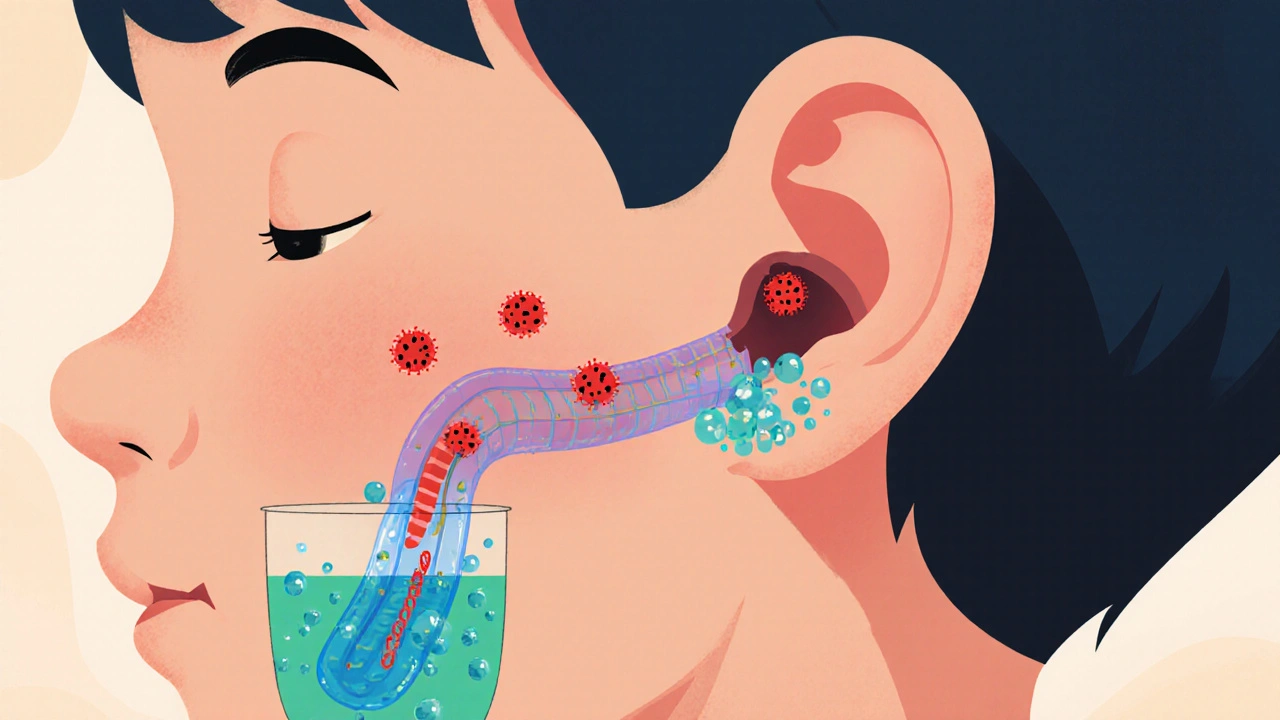Risk Factors: What Increases Your Health Risks
When talking about risk factors, variables that raise the probability of developing a disease or condition, most people think only about unhealthy habits. In reality, risk factors come in three big flavors: genetic makeup, everyday lifestyle choices, and the environment around you. For instance, diabetes, a chronic condition where blood sugar regulation fails often sprouts from a mix of family history, sugary diets, and sedentary routines. Likewise, cancer, any uncontrolled cell growth that can spread can be nudged by smoking, radiation, or even certain infections. Recognizing these connections helps you spot the early signs before they turn into full‑blown health problems.
How Genetics, Lifestyle, and Environment Play Together
Risk factors encompass both what you inherit and what you do. Genetics is the baseline – a person with a family history of heart disease already carries a higher odds ratio. Lifestyle choices are the levers you can pull: eating processed foods, skipping exercise, or sleeping less than six hours all amplify the baseline risk for conditions like diabetes. The environment adds another layer; exposure to pollutants, such as pesticide residues, has been linked to anemia and even higher cancer rates. These three pillars intersect: a genetically susceptible individual who lives in a high‑pesticide area and eats a high‑sugar diet faces a compounded risk. Understanding this web means you can target the areas you control while staying aware of the factors you can’t change.
One practical way to break the chain is to audit your daily habits against known risk factor categories. Ask yourself: Do I have a family history of chronic disease? How many servings of vegetables do I eat each day? Do I work in an environment with chemical exposure, like farming or manufacturing? Simple answers can point you toward the most impactful changes. For example, swapping sugary drinks for water tackles a key diabetes risk factor, while using protective gear reduces pesticide exposure. Small tweaks add up, and each reduced exposure lowers the overall probability of disease.
Another critical piece is monitoring early biomarkers. Blood glucose levels, cholesterol panels, and even routine urine tests can flag when a risk factor is turning into a measurable health issue. If a lab shows elevated fasting glucose, that’s a red flag that lifestyle might be nudging you toward diabetes. Similarly, abnormal liver enzymes could hint at hidden toxin exposure, prompting a closer look at diet and environment. Regular check‑ups turn abstract risk factors into concrete data you can act on.
Risk factors also differ across age groups. Younger adults often overlook long‑term threats like heart disease, focusing instead on immediate concerns. Yet early lifestyle choices lay the foundation for later health. Older adults, meanwhile, may face compounded risks from age‑related changes and accumulated exposures. Tailoring prevention strategies to each life stage ensures you address the most relevant risk factors at the right time.
In the list below you’ll find a range of topics that dig deeper into specific risk factors – from acid‑reflux medication side effects to the impact of low‑FODMAP diets on flatulence. Each article breaks down a particular element, shows how it fits into the bigger picture, and offers actionable tips you can try today. Whether you’re curious about how pesticide exposure can lead to anemia or want to compare diabetes drugs, these resources give you the facts you need to manage your health risks with confidence.

Ear Infections Linked to Hearing Loss: What You Need to Know
Haig Sandavol Oct 18 6Learn how ear infections can lead to permanent hearing loss, who is at risk, and what treatments help protect your hearing.
More Detail